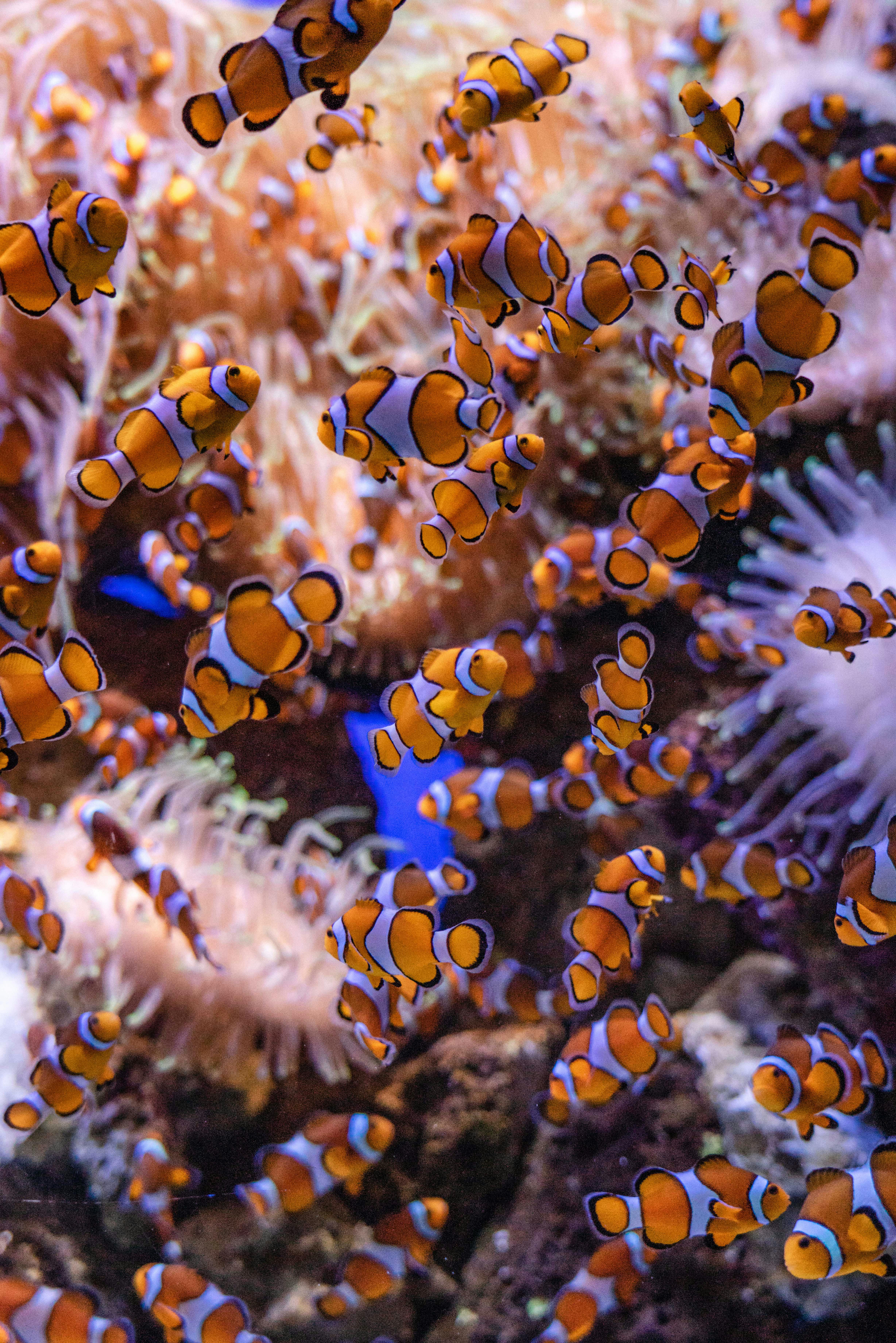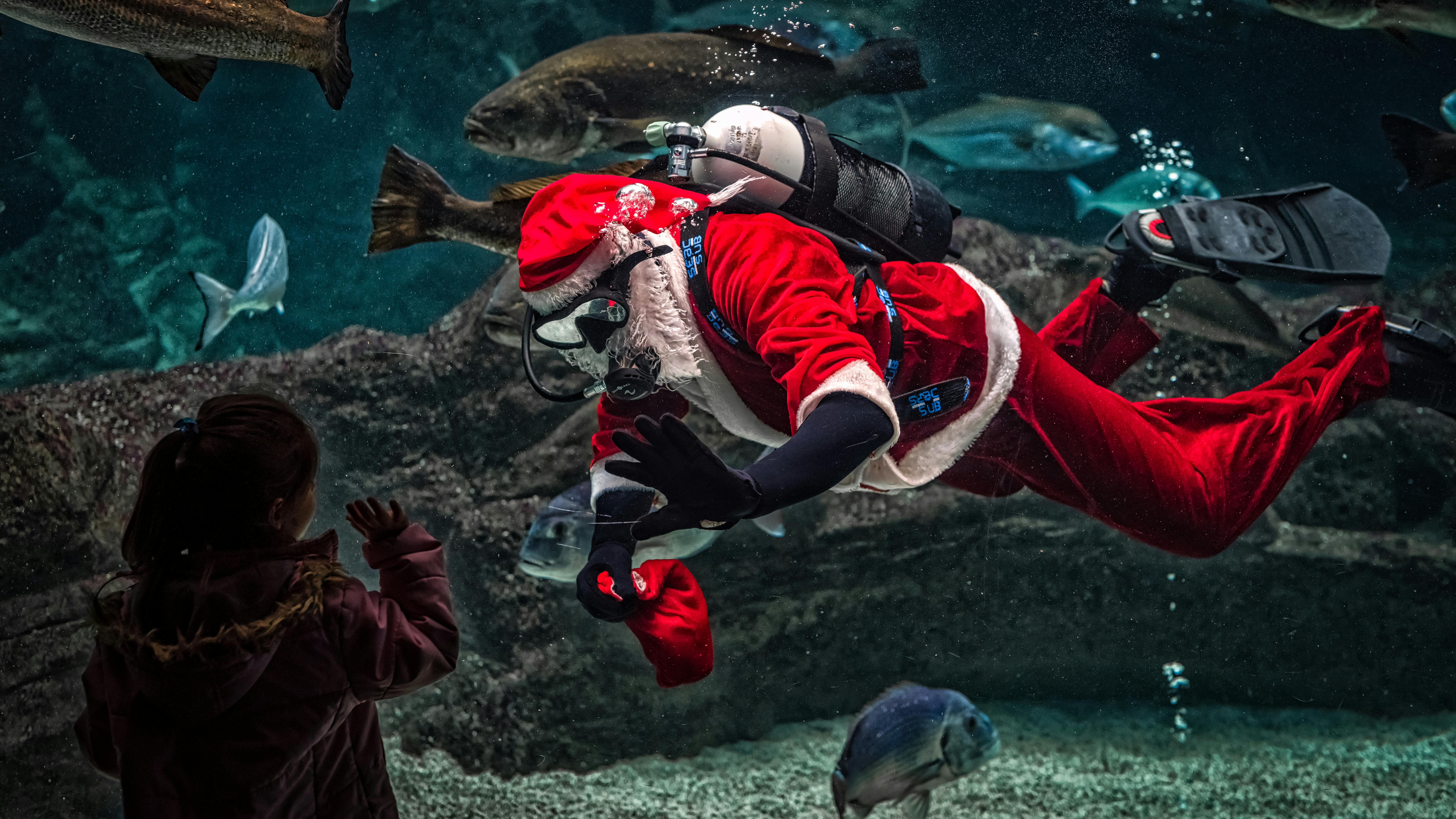Effective Ways to Manage Large Fish Tanks for Optimal Aquatic Health in 2025
Large fish tanks present a captivating and thriving ecosystem that can enhance any living space. As various fish species flourish in these environments, understanding the effective management of large fish tanks is crucial for achieving optimal aquatic health. With the right setup, lighting, filtration, and decorations, you can create a serene underwater environment while providing a healthy habitat for your aquatic friends.
In 2025, as trends in aquarium keeping continue to evolve, the significance of adapting best practices remains paramount. This article will delve into essential methods and considerations for managing large fish tanks effectively. Key takeaways include how to optimize large tank setups, choose the best fish species, implement efficient care routines, and maintain an aesthetically pleasing landscape that both you and your aquatic inhabitants will enjoy.
Whether you are a beginner or a seasoned aquarist, this guide offers insights into enhancing your large fish tank experience while ensuring the well-being of your aquatic life. Incorporating practical advice, seasonal adjustments, and preventative measures, our roadmap will help you embark on a fulfilling journey toward successful large fish tank management.
Essential Large Fish Tank Setup Tips
Setting up a large fish tank requires careful planning and execution. Understanding the size and type of the tank is a fundamental aspect of ensuring that your aquatic life thrives. Before diving into specifics, it’s essential to consider the overall dimensions and the environment you wish to create.
Choosing the Right Size
When selecting a large fish tank, consider the size of the space you have available. Generally, large fish tanks range from 75 gallons to over 500 gallons. The size you choose will significantly influence the fish species you can keep and the overall level of maintenance required. For beginners, a 75-gallon tank can be manageable, while experienced aquarists may prefer larger setups to accommodate diverse aquatic life. Ensure the selected size fits comfortably in your home and adheres to weight limitations.
Optimal Layout and Design
The layout of your large fish tank is vital for maximizing space and creating natural habitats for your fish. Consider implementing layers with different substrates and decorations to enhance aesthetics and offer hiding spots. Incorporate rocks, plants, and driftwood to create an engaging environment. Using a solid foundation for your large fish tank stand is critical, especially considering the cumulative weight of water, decorations, and fish.
Integrating Modern Technology
With advancements in aquarium technology, choosing quality large fish tank filters and lighting has become easier than ever. Opt for energy-efficient LED lighting that mimics natural day and night cycles, which is essential for maintaining fish health. Additionally, select high-capacity filtration systems that can handle the volume of water in your tank while effectively maintaining water quality. Investing in quality filtration equipment is crucial for the long-term success of your aquarium.
Building on these fundamental setup tips, it’s essential to consider the aquatic life you plan to introduce to your large fish tank. This naturally leads us to discussing the best fish species suited for large tanks that will flourish in your carefully crafted environment.
Best Fish Species for Large Tanks
Selecting the right fish species for your large tank hinges on compatibility and tank dynamics. Understanding which species exhibit harmonious traits with one another will lead to a thriving community where fish feel safe and secure.
Choosing Tropical Fish for Large Tanks
Tropical fish are a popular choice for large aquariums due to their vibrant colors and diverse species. Popular options include the discus fish, angelfish, and various cichlids. These species thrive in warm, well-planted tanks and can make a stunning visual impact. Moreover, choosing schooling fish, such as tetras and barbs, helps create dynamic interactions that enhance the overall health of the ecosystem.
Exploring Large Community Fish
Combining species creates a dynamic community in your large fish tank. Research fish species compatibility charts to avoid territorial disputes and ensure a harmonious aquatic environment. Communities of peaceful fish, such as gouramis, platys, and swordtails, can coexist beautifully under appropriate conditions. Maintaining a balanced female-to-male ratio in species that tend to be more aggressive is essential for minimizing stress in your fish.
Maintaining Fish Compatibility
Compatibility is crucial when managing large fish tanks. Before introducing new fish, perform a quarantine phase to assess their health and avoid introducing disease to the established ecosystem. Monitor how fish interact and ensure all species can share the habitat effectively. Introducing a balance of fast and slow swimmers also ensures all fish feel comfortable exploring the tank.
Now that we’ve tackled fish selections, the next critical component involves maintaining the right environmental conditions. Understanding how to manage water parameters in large fish tanks is essential for fish and plant vitality.
Maintaining Water Quality in Large Fish Tanks
Water quality is perhaps one of the most vital components of large fish tank management. Regular monitoring and maintenance practices are essential to keep your aquatic environment healthy.
Water Cycling Techniques
The cycling process establishes beneficial bacteria that convert harmful ammonia and nitrites into safer nitrates, providing a stable environment for your fish. Before introducing your first fish, it’s crucial to cycle your tank properly, which can take several weeks. Optional methods such as fishless cycling using ammonia can expedite this process. Use a water testing kit to ensure parameters remain within acceptable limits throughout the cycling phase.
Regular Water Testing and Adjustments
Frequent water testing is necessary to maintain the ideal environment for your aquatic life. Key parameters to monitor include pH, ammonia, nitrite, and nitrate levels. Keeping an eye on these factors will equip you to make necessary adjustments, such as partial water changes or adding chemical treatments, to promote optimal conditions. Test kits are readily available for both freshwater and saltwater tanks, providing a reliable way to monitor your aquatic habitat.
Effective Water Replacement Guidelines
Periodic water replacements are a proactive measure to manage toxins and maintain water clarity in your large fish tank. Aim to change approximately 10-15% of the water weekly, or 25% bi-weekly, based on the tank’s bio-load. Always use a dechlorinator when adding tap water to avoid harming your fish and plants. Additionally, temperature control is essential; ensure the new water matches the tank’s current temperature to minimize stress on your aquatic inhabitants.
Taking these water quality and management aspects into account leads to an exploration of the essential maintenance routines that will keep your tank flourishing year-round.
Key Maintenance Routines for Large Fish Tanks
Establishing a routine maintenance schedule is crucial for the longevity of your large fish tank setup. Regular care not only ensures aquatic health but also enhances your enjoyment of the tank. Below are practical tips to incorporate into your weekly and monthly maintenance schedules.
Regular Cleaning Tools and Techniques
Use appropriate large fish tank cleaning tools, such as algae scrapers, gravel vacuums, and water changers, to streamline the cleaning process. Ensure you clean the tank surfaces and decorations while avoiding disruptions to the beneficial bacteria population. A gentle touch on decorations helps preserve the aesthetics without displacing too many organisms. Maintaining cleanliness will significantly reduce algae buildup and maintain the overall health of your aquarium.
Monitoring Fish Health and Behavior
Keep a close eye on your fish’s health and behavior, as they are the best indicators of overall tank conditions. Look for signs of stress, such as erratic swimming patterns or fading colors, and address any abnormalities promptly. Knowing what to look for in terms of fish health will allow you to take swift corrective measures as needed, such as adjusting water quality or isolation for sick fish.
Implementing Effective Landscaping Techniques
Consider the layout and decorations of your tank regularly. Plants provide oxygenation and areas for fish to hide, reducing stress and promoting natural behaviors. Regular pruning of plants ensures they stay healthy and do not overrun your tank. Adjusting lighting for plant growth and aesthetics is another important aspect of landscaping maintenance that enhances both beauty and function.
Incorporate these routines into your regular maintenance to ensure a thriving large fish tank. Following up with techniques that enhance the aesthetics of your large fish tank landscaping leads to an engaging final segment.
Optimizing Large Fish Tank Landscaping
Your large fish tank should be as visually appealing as it is functional. Creative landscaping is an opportunity to express your aesthetic preferences while supporting the health of your aquatic ecosystem.
Top Plant Choices for Large Fish Tanks
Choosing the best plants for large fish tanks can elevate the beauty while enhancing water quality. Options such as Anubias, Java fern, and Amazon swordplants flourish in large aquariums and provide essential habitat features for freshwater fish. Ensure that your plant selections suit the lighting conditions and temperature of your tank to maximize growth and health.
Creative Aquarium Decorations
Focus on unique large fish tank decorations that reflect an oceanic theme or a natural habitat. Incorporate caves, driftwood, or rocks to create a three-dimensional landscape, providing hiding spots and swimming corridors for your fish. Ensure that all ornaments are aquarium-safe and free of harmful chemicals to protect your aquatic life.
Enhancing Aesthetics with Color and Texture
Utilizing vibrant colors in your tank creates a lively environment. Combine natural materials with bold accessories to highlight your tank’s beauty. Regularly adjusting the arrangement of décor can evoke fresh enthusiasm towards your viewing experience while offering different perspective dynamics for the fish within.

With strategic landscaping tips for large fish tanks in place, transitioning to preventative measures for fish health confirms a rounded approach to managing your aquarium. Understanding how to overcome challenges and address common issues is fundamental in creating a truly sustainable aquatic ecosystem.
Addressing Challenges in Large Fish Tank Management
Managing large fish tanks poses unique challenges that require preparedness. Addressing potential problems before they arise ensures a more sustainable aquarist experience with fewer disruptions.
Identifying and Preventing Algae Growth
Algae growth can be a common challenge in large tanks due to excess light and nutrients. Preventive measures include controlling light duration, removing waste bi-weekly, and ensuring appropriate stocking levels in your tank. Regular checks on ammonium levels can help you identify problem areas and address them before they bloom into full-blown algae problems.
Handling Disease Management
Recognizing signs of illnesses, such as cloudy eyes or abnormal swimming, allows for quicker intervention. Quarantine any new fish before introducing them to your established tank to prevent the spread of disease. Utilizing preventive measures, such as maintaining optimal water quality and nutrition, establishes overall fish health, making them less susceptible to common ailments and diseases.
Emergency Protocols for Large Fish Tanks
Being prepared for emergencies, such as power outages, equipment failures, or sudden water quality changes is essential for large fish tank management. Keep essential equipment, such as battery-operated aerators, on hand to ensure your fish receive necessary oxygen during outages. Understanding how to react to fluctuating conditions can save your fish and prevent losses in your beautiful aquarium setup.
Q&A Section: Common Queries About Large Fish Tanks
As with any hobby, questions arise during your journey of managing large fish tanks. Here we address some of the most common queries, providing practical solutions and insights.
What are the best large fish tank brands?
Top large fish tank brands include Red Sea, Marineland, and Fluval, known for their durability and features. Evaluate their specifications and customer reviews to determine the best fit for your needs. Consistently high-quality brands help ensure your large fish tank setup is reliable.
How often should I clean my large fish tank?
Integrate a cleaning routine of 10-15% of the tank volume on a weekly basis to prevent buildup of organic waste and maintain water clarity. Deep cleaning, including filter maintenance and substrate cleaning, can be performed once a month or as needed based on tank conditions.
Can all fish be kept together in large fish tanks?
Not all fish species should be kept together due to varying compatibility. Utilize resources like compatibility charts and leverage fish behavior understanding to ensure peaceful coexistence amongst the fish in your large tank. Proper introductions and evaluations can help foster a harmonious community.
Implementing these effective management strategies for your large fish tanks promotes an optimal aquatic environment for your fish and plants while providing rewarding aesthetics for your home. By following routine maintenance schedules, monitoring water quality, and curating beautiful landscapes, you can significantly enhance your fish-keeping experience.

For more on managing large fish tanks effectively, explore our detailed guides on fish tank maintenance and tropical fish species for large aquariums. Embrace the aquatic world with knowledge and passion, ensuring your underwater ecosystem thrives for years to come!
